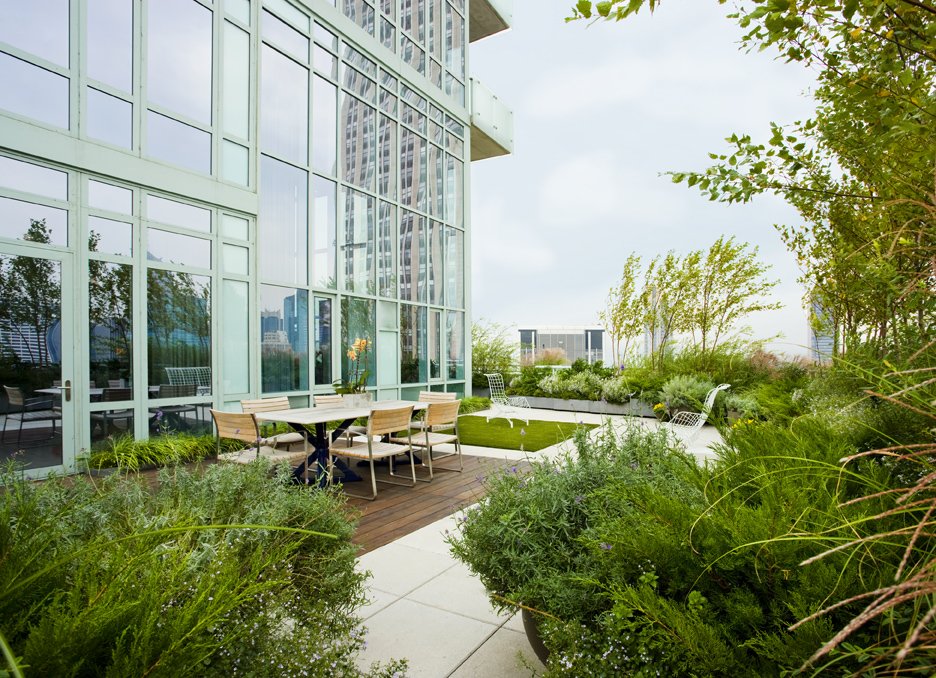Hardiness
Salt and Ice
When you add salt to ice it melts. Why? The melting occurs because the salt molecules sneak in between the water molecules and this increases the distance between the water molecules. By making them farther apart than it would at that temperature they now behave as a liquid. Sugar has a similar effect. 
Salt added to ice melts it by separating water molecules
Ice Crystals
Ice kills cells because it forms crystals that take on a spiky shape with sharp points (think snowflake) piercing the cell wall and emptying its contents. Some plants evolved to concentrate salt and sugar in their cells as a protection from ice forming inside cells during winter. Salt and sugar do not permit the ice to form from 32*F (freezing) to about 24*F. 
Pointed ice crystals
Anti Freeze
Plants also produce a natural anti freeze molecule made of oxalic acid. This crystal has a fine needle shape which we call raphide. The oxalic acid has a dual purpose. It interrupts the ice forming capacity of water - but is also part of the plants defense system. It will cause burning and blistering if ingested. 
Needle shape oxalic acid crystals - raphides
Round Crystals
In colder temperatures, below 24*F, the salt and sugar combination can no longer prevent ice formation. However it does affect the shape of the ice crystal – making it grows in a spherical or round shape. If ice now forms, when it presses against the cell wall it does not pierce it and the cell is not killed. 
Rounded ice crystal inside cells

Round crystal inside cell
Dehydration
At extreme subfreezing temperatures, like in the arctic, most plants evolved to dehydrate almost totally. They become papery and void of most moisture. This enables them to survive until warmer temperatures prevail again. Plant Specialists Design Team will many times use alpine plants for terraces on high floors of a skyscraper!In addition, because the cells have no free water (unbound to salt or sugar) ice forms only outside the cell. The ice, if any, forms only in the spaces between the cells - not inside them. It is rare that any of this ice will damage the plant.
Hardiness Zones
This adaptation to winter divides plants in to two big groups. We know them as either "temperate" or "tropical". It also segregates them further into what we call zones. The more sugar and salt a plant cell can concentrate inside it cells, the hardier it is, and the lower the zone we can plant it in.Did you know ?– we at Plant Specialists discovered many years ago that every 50 floors up a tall skyscraper is about a drop in hardiness zone !!!

Hardiness zones of the world
If you want tough plants for your garden - Call Plant Specialists TODAY !
Our experts that can install some that are hardy enough!
Don't delay – the sooner the better !
GREENING NEW YORK FOR OVER 51 YEARS !
Article written by our Staff Horticulturist, Peter B Morris, BSc, MSc, MBAAll photographs used with permission @SHUTTERSTOCK

